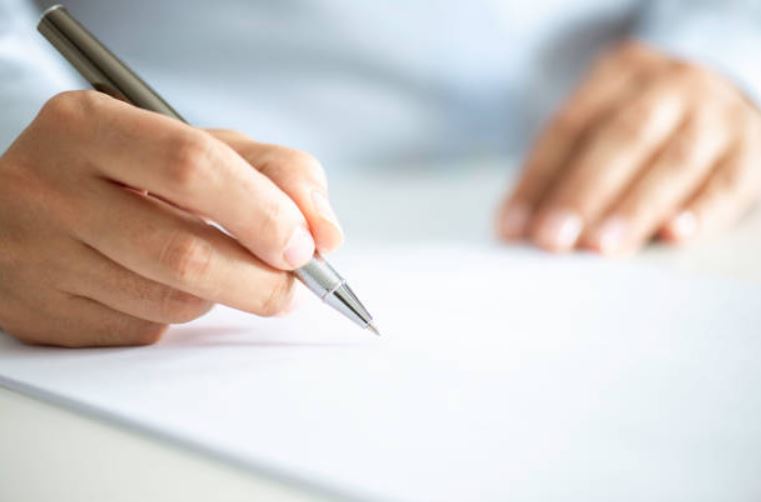Adhering to the standard procedures of writing any correspondence, particularly to the President of Nigeria, demands perfection. This mode of communication is very delicate and deserves the best approach possible.
There are various situations in which one might seek to address the President. For instance, you may be sharing a personal grievance, discussing a matter of public concern or even thanking the president. In all such situations, the letter’s layout as well as its content should conform to the traditional standards of formal writing.
READ ALSO: List of Universities in Southern Nigeria
Tips On Addressing a Letter to the President of Nigeria
1. The Importance of Formality
Given that the President is the head of state and Commander-in-Chief, such written correspondence cannot be casual, but must be formal, careful and courteous. Composing an appropriate letter also raises the possibility that the message will be taken into account.
2. How to correctly position the address of recipient
The address of the specific person who is going to receive your letter, which in this case is the President, needs to be formatted in a particular way.
The official residence and workplace of the president is the Aso rock presidential villa located in abuja and he is often referred to as “His excellency” in most official and even public papers.
3. Salutation in the Letter
When you craft your letter, the first step will include the salutation which is a significant aspect of the tone. Pick an appropriate opening which is respectful and formal as per the importance of the letter. Several alternatives are used, for example:
- “Your Excellency,”
- “Dear Mr. President,”
These are common forms in formal letters, which show respect for the office of the President.
READ ALSO: Understanding the Nigerian Army: Ranks, Symbols, and Salary Structure
4. Introducing Yourself
After the salutation, it is also important to know how to introduce yourself effectively. Apart from your name include information that is applicable about you, either your occupation or why you are writing the letter. This helps the President or his aides to comprehend the content of your letter.
5. Composition of the Main Body of Letter
The main body of the letter must be straightforward, short and straight to the point. Do not go off point, and ensure that your communication is clear. Whether it is the concern, the opinion, or the review you are presenting, here are a few rules to follow:
- Get to the Point and be Precise: Make sure that the purpose or concern that has driven the writing of the letter is evident. Where necessary, use figures, anecdotes or any other relevant evidence to stress your point.
- Be Professional: Show courtesy and refrain from using informal expressions. This even applies to the verbal content of the letter; the correspondence should not take a personal tone.
- Give Recommendations (if Relevant): In case the letter is about some national problem or policy, it is appropriate to present some ideas or recommendations aimed at improving the existing situation.
6. Closing the Letter
When you close the letter, it has to be in a formal manner. Some of the most used closing phrases are:
- “Yours sincerely,”
- “Respectfully yours,”
After this, there re-appears your complete name and then a line for your signature kindly and any necessary contact details (example; your mobile number and/or email) to allow them to reach you if the need arises.
READ ALSO: Meaning of EFCC and Its Functions
5. Posting the Letter
After drafting the letter, the next and final step ponders upon the posting of the letter and its conclusion. It is very important that one gauges the postage correctly, and sends the letter to where it is supposed to be sent.
Because of the definite nature of this letter, one is advised to send it either registered or certified mail in order to confirm it was delivered to the intended person. This ensures that the letter reaches the destination it is intended for.



